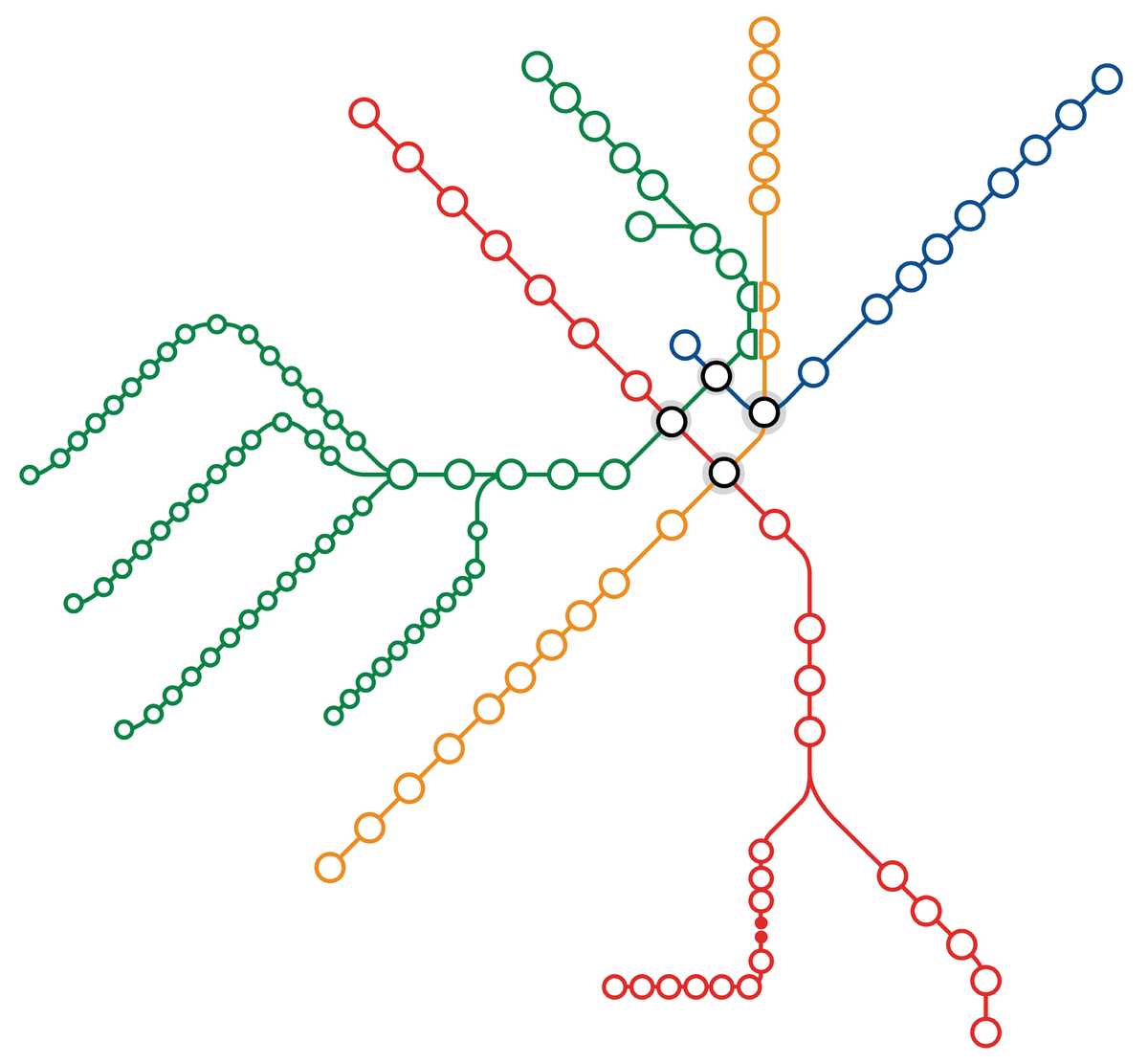Brattle Loop
Senior Member
- Joined
- Apr 28, 2020
- Messages
- 1,167
- Reaction score
- 2,084
The classic Massachusetts strategy of hiring an expensive consultant to do your job and take the blame if it goes wrong
Could have just crowd-outsourced it to this board. Still would get to deflect blame, and it'd be a whole lot cheaper (and quite possibly more successful, hell, crowdsourcing transportation policy to this forum would probably have been better on overall outcomes than the actual experience of the Baker years...)


